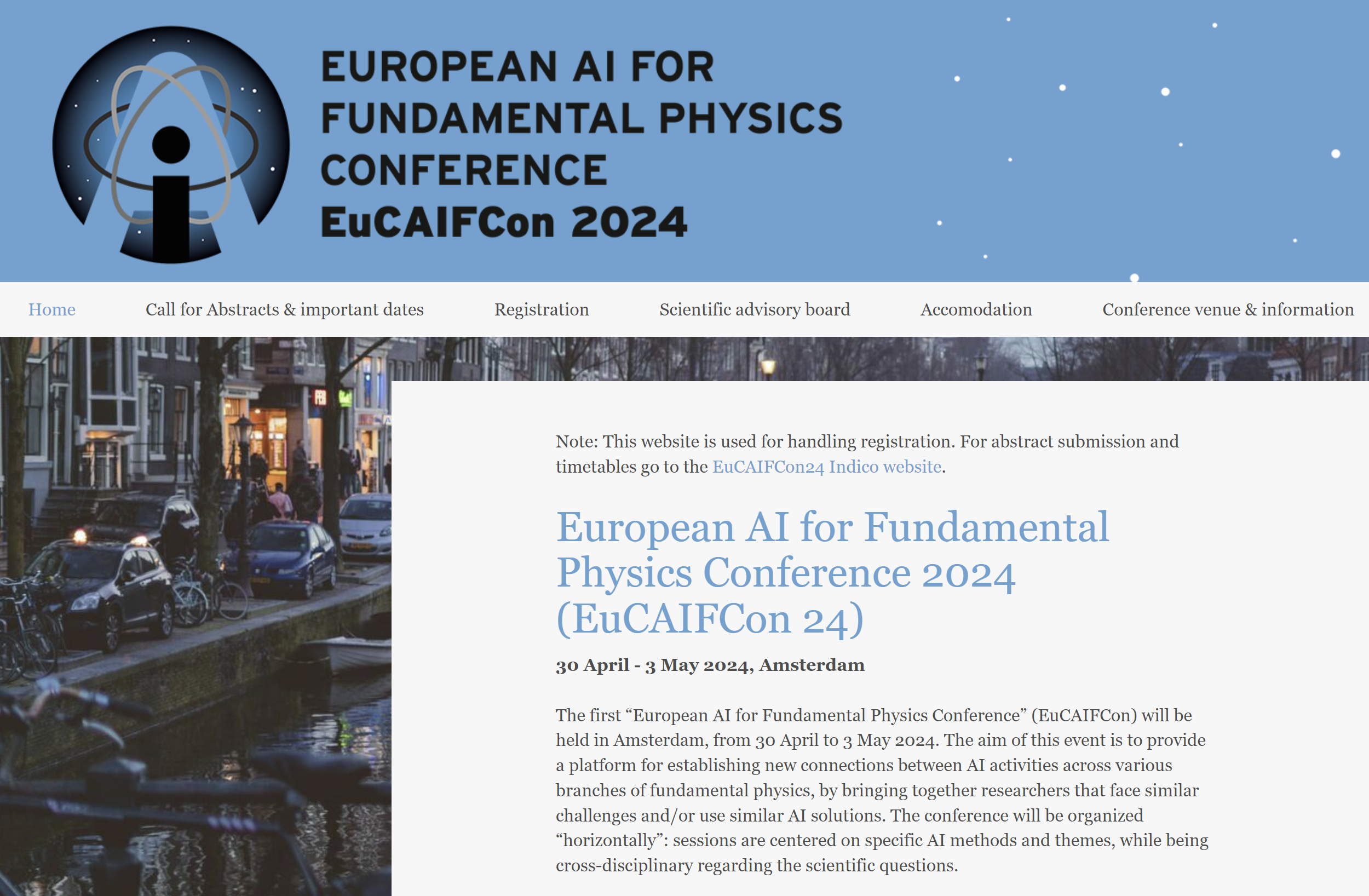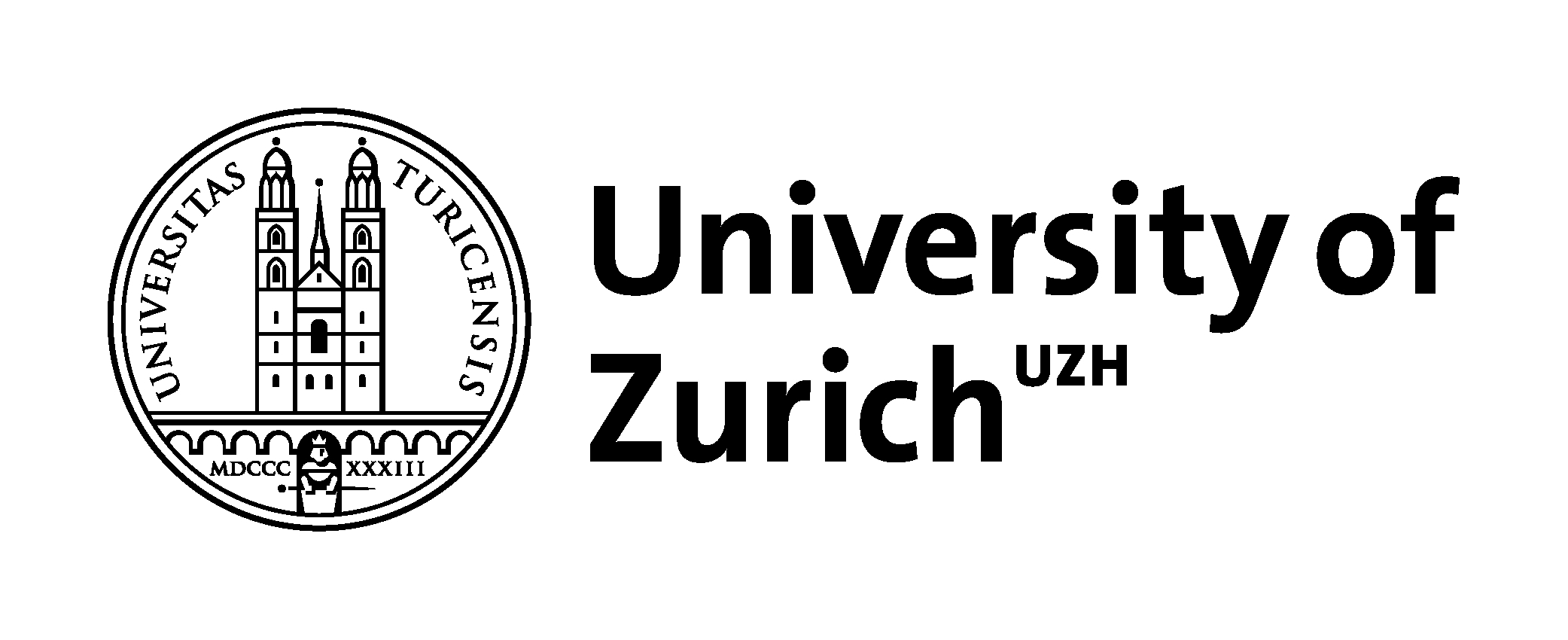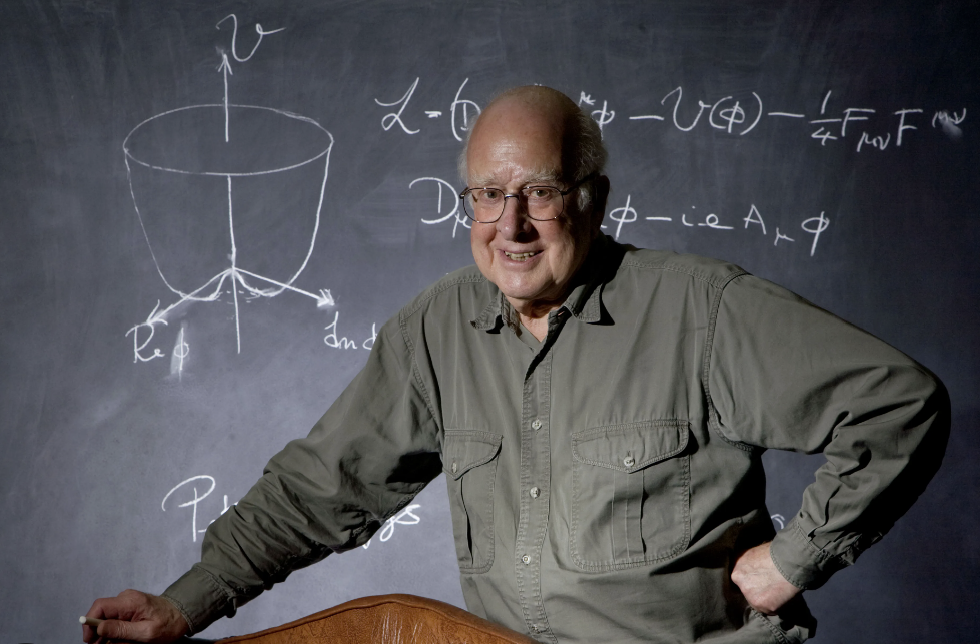Just a note here because I figured it is not clear - I am on vacation these days and, while I continue to post at a regular frequency, I am much more erratic than usual with answering comments in the threads. I would like this to be clear, because I usually do make a point of answering all comments that lend themselves to be answered.
With a slow connection and the need to spend as much time as possible swimming in the blue waters of Elafonisos, this is bound to be a side effect. I will be back in regular blogging mood by August 10th.
While a thousand physicists gather in hot Paris and listen to talk after talk, I am confined in a small island of the Mediterranean, trying to relax and gather my ideas for the next few aggressive months of data analysis, a course of subnuclear physics in the fall, and of course, more reckless
rumor-mongering!
The CMS collaboration at the LHC collider has just produced its very first results on the production of Upsilon particles, with 280 inverse nanobarns of proton-proton collisions at 7 TeV center-of-mass energy. I wish to discuss these results here, to explain what is interesting in these very early measurements, and what we can expect to learn in the future from them.
The production of resonances decaying to muon pairs is one of the first things one wants to study when a hadron collider starts operation. This is because these particles are extremely well known, so one immediately figures out whether the detector is working properly, what is the resolution on the momenta of the reconstructed particles, etcetera.
I am preparing a disclaimer to be added to the bottom of my posts here. The problem I am trying to solve -at least in part- is that the colleagues in the scientific collaborations I work for apparently fear that I be identified, by science reporters or other media agents, as an official source of information from those experiments.
The Atlas collaboration made public, just in time for the 2010 ICHEP conference in Paris, the projected reach of their searches for standard model Higgs bosons. This is a whole set of interesting new results which, although necessarily still based on simulations, tell us a lot about what we might see toward the end of next year at the LHC.
Here I will just flash a couple of the results, because the plentiful online documentation that ATLAS provided makes it a worthless exercise on my part to just echo it here. However, maybe I can comment the most relevant plots for those of you too lazy to browse the information-thick ATLAS pages.
 Shaping The Future Of AI For Fundamental Physics
Shaping The Future Of AI For Fundamental Physics On Rating Universities
On Rating Universities Goodbye Peter Higgs, And Thanks For The Boson
Goodbye Peter Higgs, And Thanks For The Boson Significance Of Counting Experiments With Background Uncertainty
Significance Of Counting Experiments With Background Uncertainty



 Ashay Dharwadker
Ashay Dharwadker





